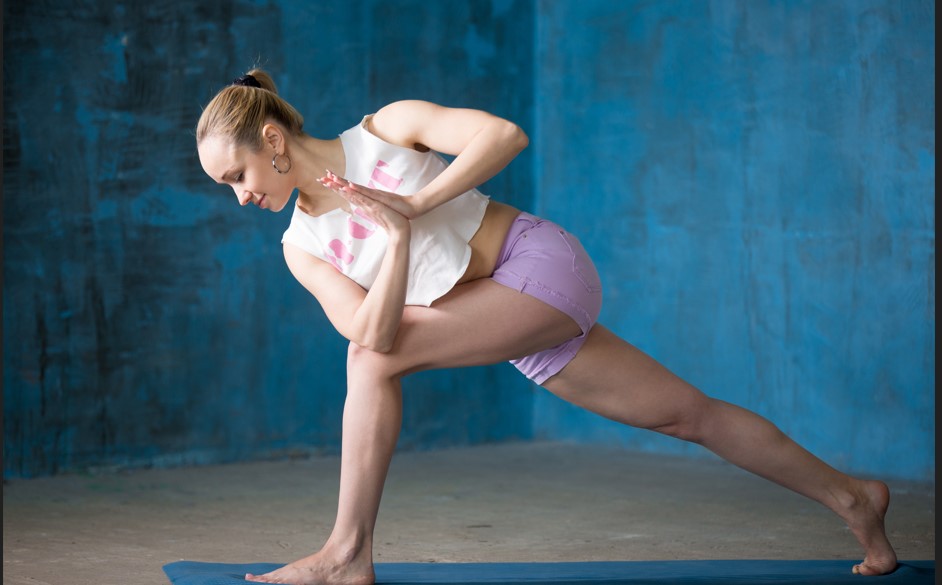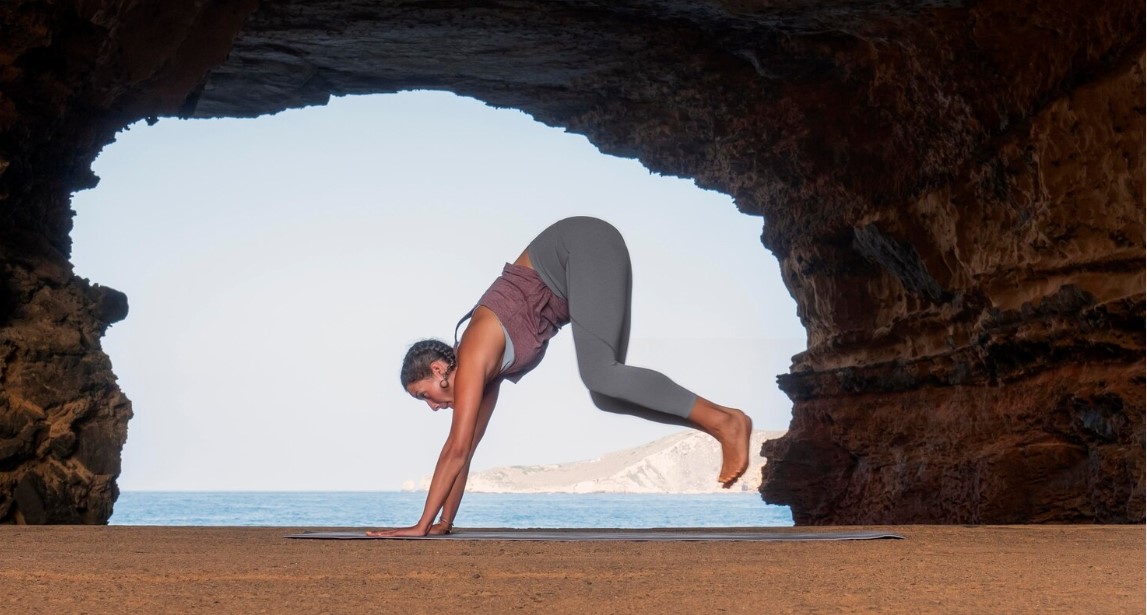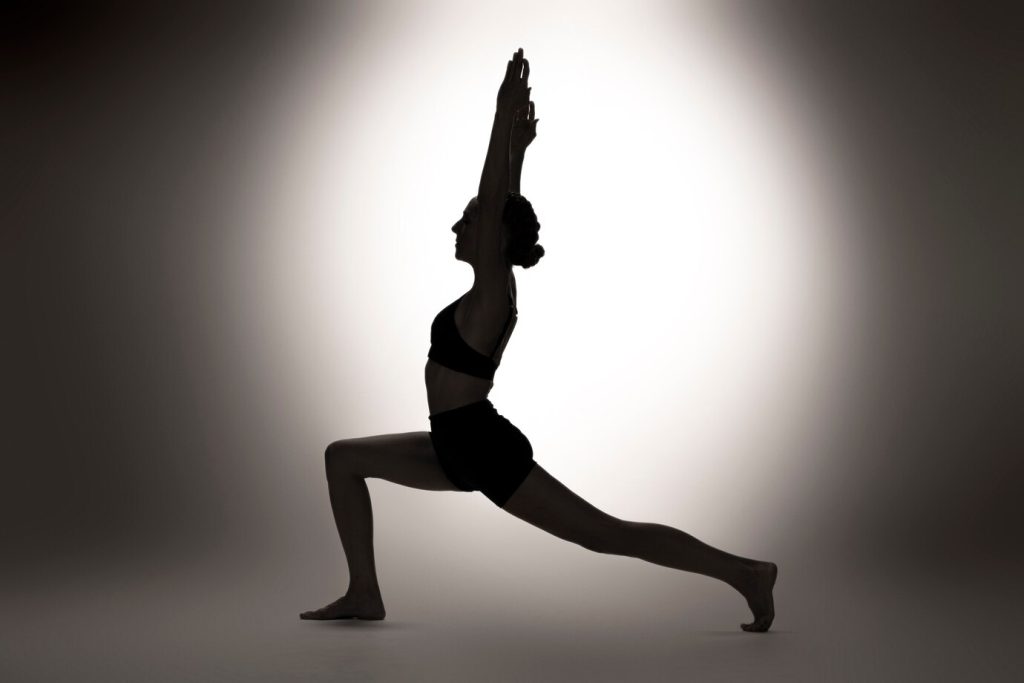A Complete Guide to Hatha Yoga: Origins, Benefits, and Practice
What Is Hatha Yoga?
Hatha Yoga is a traditional practice from India that helps people develop their body, breath, and mind through yoga postures (asanas), breathing techniques (pranayama), and meditation (dhyana). Although it is just one part of yoga, it has become the most well-known and widely practiced form around the world. Many modern yoga styles like Vinyasa, Ashtanga, and Bikram all come from Hatha Yoga.
Over time, people have developed different ideas about what Hatha Yoga means. In Western thinking, it is often described as a way to balance the body and mind. The word “Hatha” itself means “force,” and traditionally, it was seen as a powerful method to achieve deep yoga states.

What Happens in a Hatha Yoga Class?
A typical Hatha Yoga class includes a combination of:
- Asanas (Yoga Postures) – Physical movements to strengthen and stretch the body.
- Pranayama (Breathing Techniques) – Controlled breathing exercises.
- Mudras (Hand Gestures) – Movements that help channel energy.
- Mantras (Chanting or Reciting) – Repeating sacred words for focus.
- Shatkriyas and Shatkarmas (Cleansing Techniques) – Traditional methods to clean the body internally.
- Visualization – Mental exercises for relaxation and concentration.
Hatha Yoga classes are usually slower and focus on holding poses longer compared to more dynamic yoga styles like Vinyasa or Ashtanga.
The Origins of Hatha Yoga
Hatha Yoga comes from an ancient tradition of ascetics (spiritual seekers) in India and Nepal. These yogis gave up their regular lives to dedicate themselves to yoga. Their goal was to purify their bodies and minds through extreme discipline, such as:
- Holding one arm in the air for hours or days.
- Standing on one leg for long periods.
- Submerging in cold water for hours.
- Hanging upside down like a bat.
Even today, some ascetics continue these practices. However, the Buddha and other spiritual leaders later rejected extreme practices in favor of balance.

How Hatha Yoga Spread to the West
Originally, Hatha Yoga was mainly about controlling the breath (Pranayama). But over time, postures (asanas) became more important. When Westerners came to India, they were fascinated by these practices. Some Hatha Yogis even traveled abroad, helping yoga spread worldwide.
By the 1800s, yoga mixed with European gymnastics and body-building techniques. It became more structured and easier to teach in groups. The first yoga demonstration in the UK happened in 1893, and since then, yoga has grown into a global movement.
The Evolution of Hatha Yoga
There is debate about when yoga started. Some believe a stone carving from 5,000 years ago shows a yogi in a meditative pose. Others argue that the first recorded yoga texts appeared only 3,000 years ago. Regardless, yoga has changed significantly over time:
- The Hatha Yoga Pradipika, an important yoga text, describes only 15 main poses.
- Over centuries, more postures were added, growing to 84 and then 112.
- Today, modern yoga includes hundreds of different poses, from simple relaxation positions to extreme flexibility challenges.
Benefits of Hatha Yoga
Practicing Hatha Yoga regularly can improve health in many ways:
Physical Benefits:
- Stronger Muscles – Holding poses builds muscle strength and endurance.
- Better Flexibility and Mobility – Stretching and movement help joints stay flexible.
- Improved Posture and Balance – Corrects spinal alignment and enhances stability.
- Reduced Pain – Helps with back pain, neck pain, and stiffness.
- Healthier Weight – A 30-minute Hatha Yoga session burns between 120-178 calories.
Mental and Emotional Benefits:
- Lower Stress and Anxiety – Breathing exercises and meditation help calm the mind.
- Better Focus and Concentration – Improves mental clarity and sharpens memory.
- Improved Sleep – Studies show yoga helps people fall asleep faster and sleep deeper.
- Happier Mood – Boosts feel-good chemicals like serotonin in the brain.
How Hatha Yoga Prepares the Body for Meditation
Hatha Yoga is not just exercise—it is a way to prepare the body for higher spiritual experiences. Many people struggle to sit still for meditation because of physical discomfort. Yoga postures help remove these obstacles by:
- Strengthening the spine.
- Balancing the body’s energy.
- Releasing physical and emotional tension.
If the body is in pain, it is difficult to focus on anything else. That’s why yoga is so helpful in making the body more flexible and comfortable for deep meditation.
Ancient Wisdom for Modern Life: Hatha Yoga at Haum Yoga Studio
In today’s fast-moving world, finding balance is more important than ever. Haum Yoga Studio in San Francisco provides a peaceful space where people can experience the benefits of Hatha Yoga under expert guidance.
The Slow and Steady Approach
Unlike fast-paced yoga styles, Hatha Yoga focuses on slow, mindful movements. Practitioners hold each pose for longer, allowing them to:
- Deepen their understanding of alignment.
- Build strength and flexibility safely.
- Improve posture and muscle engagement.
At Haum Yoga Studio, skilled instructors offer personal guidance and modifications to help students of all levels practice safely and effectively.
Why Hatha Yoga Works for Modern Life
Hatha Yoga helps people cope with daily stress by providing:
- Physical Strength and Flexibility – Strengthens muscles and improves mobility.
- Stress Relief and Mindfulness – Encourages relaxation and awareness.
- Improved Focus and Mental Clarity – Sharpens concentration and decision-making.
- Emotional Balance and Inner Peace – Promotes resilience and calmness.
- Better Posture and Alignment – Helps counteract the effects of sitting for long hours.
Bringing Hatha Yoga into Your Routine
The great thing about Hatha Yoga is that it is accessible to everyone. You can practice at home or join a class at a studio like Haum Yoga in San Francisco. To start:
- Attend regular classes to build a strong foundation.
- Set up a dedicated practice space at home.
- Begin with simple poses and gradually expand your practice.
At Haum Yoga Studio, students experience the full benefits of Hatha Yoga in a supportive environment. The studio offers:
- Classes for all levels – From beginners to advanced yogis.
- Workshops and events – To deepen understanding and refine skills.
- Teacher training programs – For those looking to guide others in yoga.
Conclusion
Hatha Yoga provides a timeless way to achieve balance, strength, and peace in modern life. Whether practiced at home or in a studio like Haum Yoga in San Francisco, it offers a pathway to better physical health, mental clarity, and emotional well-being. Embrace this ancient wisdom to bring harmony into your daily routine!

